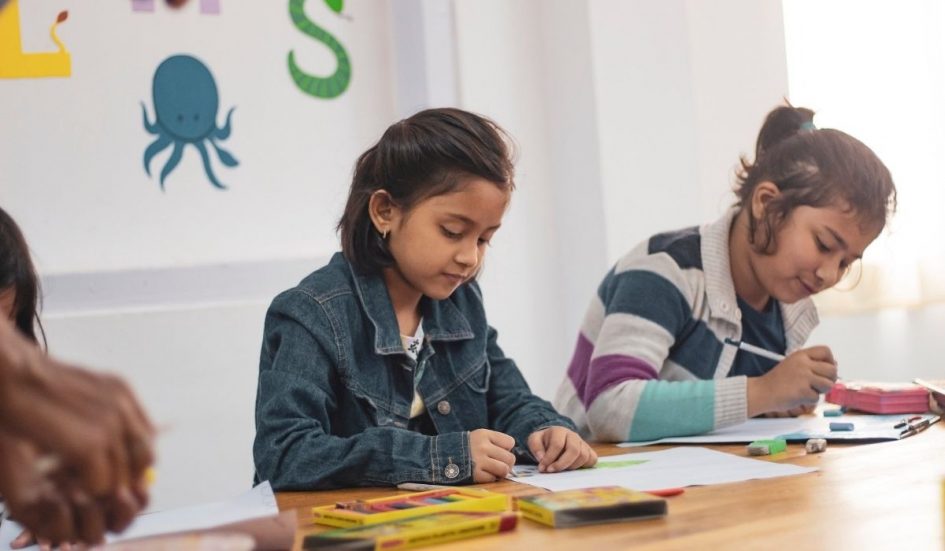This guide aims to provide educators with a comprehensive overview of Response to Intervention (RTI). It is important to note that RTI is not a program or curriculum but rather an approach that can be used with any program or curriculum.
School Response to Intervention Definition
Response to Intervention (RTI) is a multi-tiered approach to providing services and support to students who may be struggling academically or behaviorally. It is important to note that RTI is not a program or curriculum, but rather an approach that can be used with any program or curriculum.
The purpose of RTI is to provide early, targeted intervention to students who are struggling to prevent them from falling behind their peers. This is done through a process of screening and progress monitoring to identify students who may be at risk for academic or behavioral difficulties. Once these students have been identified, they are provided with additional support and instruction, either in the form of small-group or one-on-one instruction, targeted interventions, or a combination of both.
Getting Familiar With the Different RTI Tiers
There are the three RTI tiers:
#1: Tier 1-The Universal Level
All students receive instruction and support at the universal level. This is typically done through whole-class instruction. For example, all students in a particular grade level might receive daily reading instruction from their teacher.
#2: Tier 2-The Targeted Level
Students who are struggling academically or behaviorally receive additional instruction and support at the targeted level. This is typically done through small-group instruction. So, students struggling with reading might receive daily instruction in a small group setting from their teacher or a trained interventionist.
#3: Tier 3-The Intensive Level
Students who are still struggling after receiving instruction and support at the targeted level receive even more intensive instruction and support at the intensive level. This is typically done through one-on-one instruction. For example, a student who is still struggling with reading despite receiving small-group instruction might receive one-on-one instruction from a trained interventionist.
The length of time a student spends in each tier depends on their individual needs. Some students may only need instruction at the universal level, while others may need instruction at all three tiers.
6 Learning Intervention Strategies
Now, take a look at six learning intervention strategies:
#1: Explicit Instruction
Explicit instruction is a direct and explicit teaching approach that makes students’ learning goals, expectations, and procedures clear. It is often used with students who are struggling academically or behaviorally.
#2: Small-Group Instruction
Small-group instruction involves students who are divided into small groups and receive instruction from the teacher or a trained interventionist. This helps students develop better and receive more attention as needed.
#3: One-on-One Instruction
One-on-one instruction is when a student receives instruction from the teacher or a trained interventionist in a one-on-one setting. This strategy helps those who have a hard time in group settings. Some students are just better off with one other person.
#4: Differentiated Instruction
Differentiated instruction is a teaching approach in which the teacher adapts the curriculum to meet the needs of individual students. This is a very personalized approach to intervention and helps students feel included and seen.
#5: Behavior Intervention Plans
A behavior intervention plan (BIP) is a plan that is created to address a student’s specific behavioral needs. It includes goals, strategies, and procedures for addressing the student’s behaviors. BIPs are often used with students who struggle behaviorally and need help with their emotions and attention.
#6: Positive Behavior Supports
Positive behavior supports (PBS) are strategies and interventions that are designed to promote positive behaviors and prevent problem behaviors. PBS is a preventative approach to behavior intervention that helps students learn and display positive behaviors.
These six intervention strategies examples will help you and the students in your classroom who may need a little extra help.
RTI is a three-tiered approach to intervention that provides students with the instruction and support they need to be successful in school. It is important to remember that all students are different and will need different amounts of time in each tier. Be sure to use a variety of strategies and interventions to best meet the needs of your students.
SchoolCues is an all-in-one school management system for small schools with limited budgets and resources. Our solutions include admissions and enrollment, online payments, student information system, gradebook, communications, parent engagement, donations and fundraising, alumni management, and more. Schedule a demo with us today.
